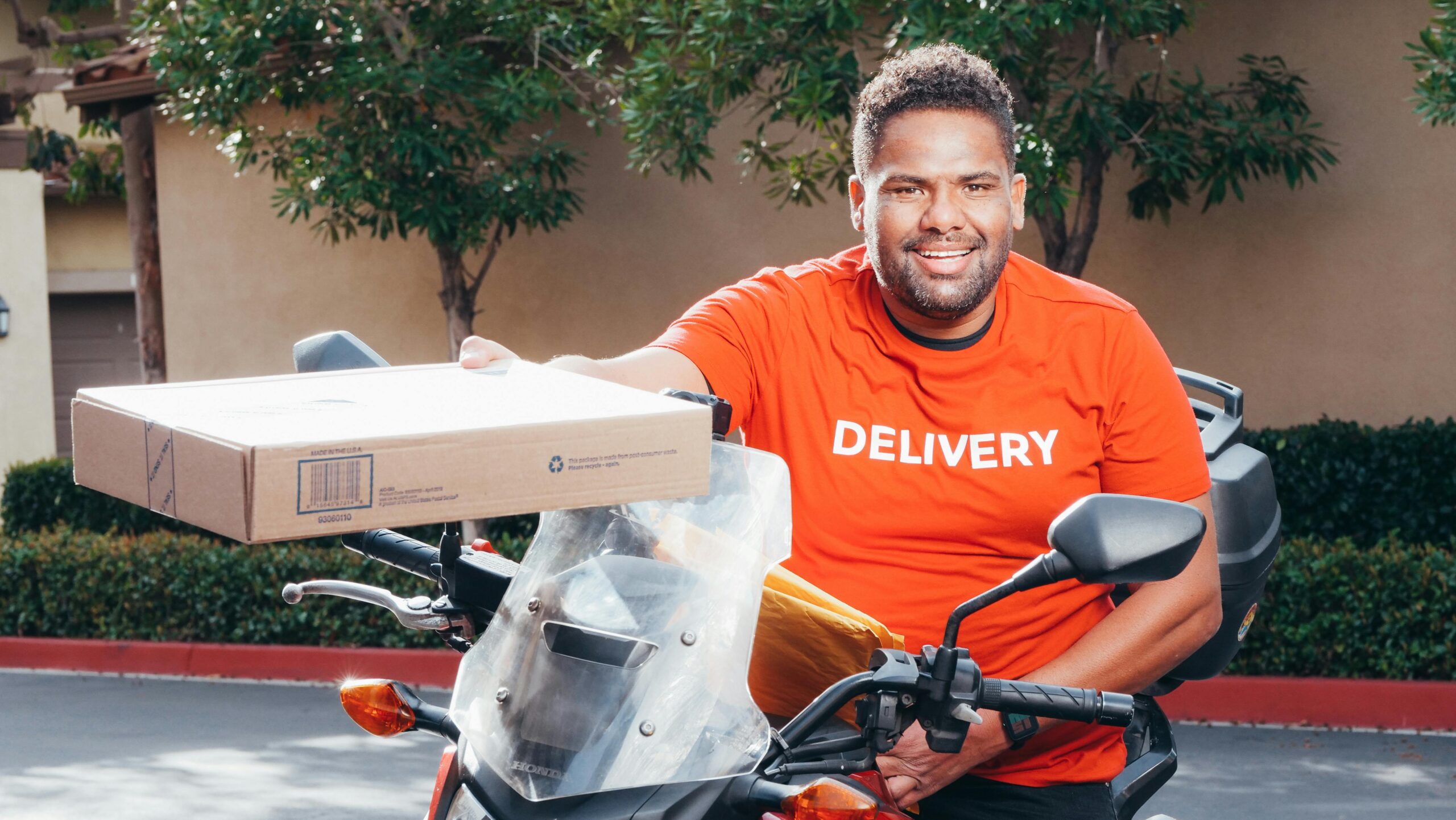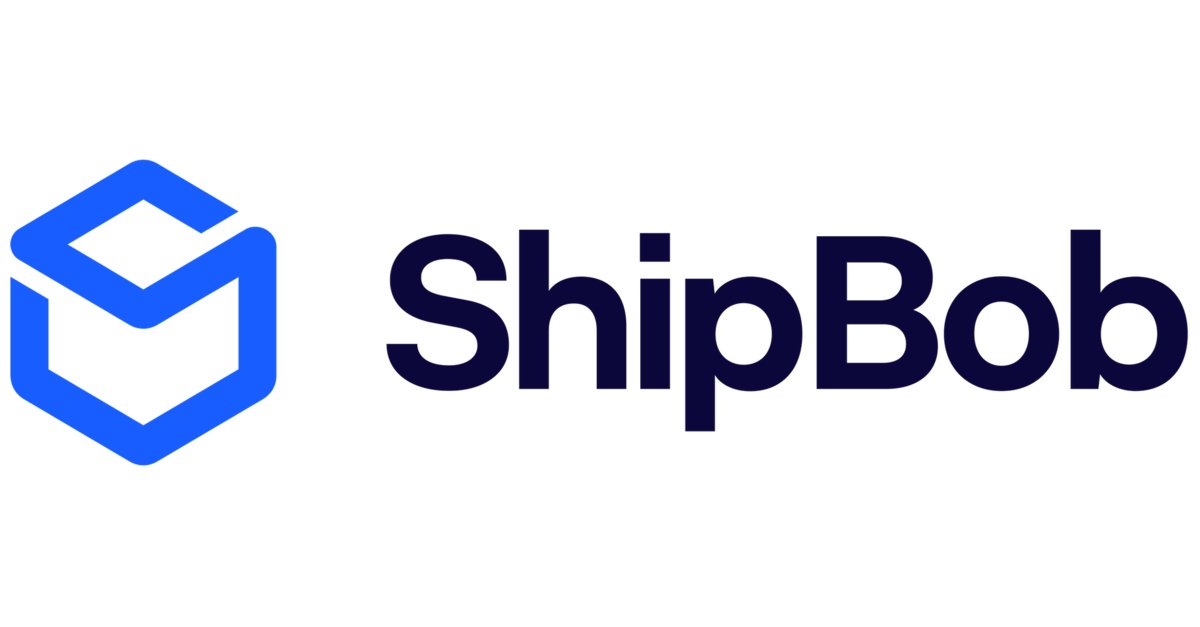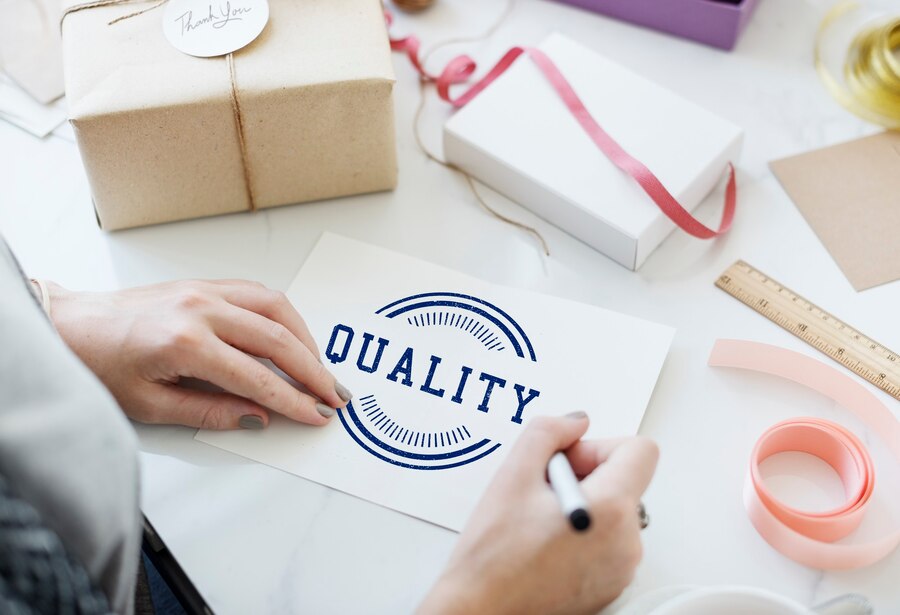
The Role of Third-Party Logistics (3PL) in Retail Success
As retail businesses grow, managing logistics in-house becomes increasingly complex and costly.
Retailers are increasingly partnering with third-party logistics (3PL) providers. This smart move streamlines operations slashes overhead costs, and boosts fulfillment efficiency. By outsourcing retail logistics, businesses can zero in on what they do best. Picture this: orders are processed, packed, and delivered with pinpoint accuracy.
In this guide, we’ll explore the benefits of 3PL services. We’ll also discuss key factors for selecting the right fulfillment partner. Plus, we’ll share tips for smoothly integrating third-party logistics into your retail supply chain.
1. Understanding Third-Party Logistics (3PL)
a) What is 3PL?
Third-party logistics, or 3PL, is your supply chain’s secret weapon. Outsourcing warehousing, inventory management, order fulfilment, and shipping gives you expert help. This frees retailers to zero in on sales, marketing, and product innovation. With 3PL beside you, let the logistics pros handle the hard work. This way, you can focus on moving your business ahead.
b) Difference Between 1PL, 2PL, 3PL, and 4PL
- 1PL (First-Party Logistics): A retailer handles its own logistics internally.
- 2PL (Second-Party Logistics): A company that provides only transportation services.
- 3PL (Third-Party Logistics): A provider manages warehousing, fulfilment, and distribution.
- 4PL (Fourth-Party Logistics): A supply chain consultant oversees and manages multiple 3PLs for efficiency.
c) Why Retailers Are Turning to 3PL
- E-commerce growth demands faster fulfilment solutions.
- High shipping costs make in-house logistics expensive.
- Global expansion requires international shipping expertise.
- Scalability challenges arise with fluctuating order volumes.
2. Key Benefits of 3PL for Retailers

a) Cost Savings & Efficiency
- Reduced Warehouse Costs: No need for in-house storage space.
- Lower Shipping Costs: Bulk shipping rates from 3PL providers.
- Decreased Labor Expenses: Minimized staffing needs for logistics operations.
b) Faster & More Reliable Shipping
- Strategic Warehouse Locations: 3PLs use multiple fulfilment centres to reduce delivery times.
- Optimised Route Planning: AI-driven logistics minimise delays.
- Multi-Carrier Shipping Options: Access to a network of couriers for competitive rates.
c) Scalability & Flexibility
- Seasonal Demand Handling: Easily scale up operations during peak shopping periods (e.g., holidays, Black Friday).
- International Expansion: Access global logistics networks for cross-border fulfilment.
- Omnichannel Support: Seamlessly manage both online and physical store orders.
d) Advanced Technology & Automation
- Inventory Management Systems (IMS): Real-time stock tracking.
- Order Management Systems (OMS): Automated order processing and tracking.
- AI & Machine Learning: Demand forecasting for efficient stock replenishment.
e) Focus on Core Business Functions
- More Time for Growth: Retailers can focus on marketing, branding, and product innovation.
- Improved Customer Service: Faster, more efficient fulfilment boosts customer satisfaction.
3. Choosing the Right 3PL Provider
Selecting the best fulfilment provider is critical for seamless logistics integration. Key factors to consider include:
a) Warehouse Locations
- Does the 3PL have multiple distribution centres for faster shipping?
- Are fulfilment centres strategically placed near major customer hubs?
- Does the provider offer international warehousing for global expansion?
b) Technology & Integration
- Does the 3PL provide API integration with eCommerce platforms like Shopify, WooCommerce, and Amazon?
- Can it support real-time tracking and inventory monitoring?
- Does the provider offer a customer portal for order tracking?
c) Shipping Capabilities & Carrier Partnerships
- Does the 3PL have partnerships with FedEx, UPS, DHL, USPS, and local couriers?
- Can it handle same-day, next-day, and expedited shipping?
- Does the provider offer customised shipping solutions (e.g., cold chain logistics, freight shipping)?
d) Pricing & Contract Terms
- Does the 3PL offer transparent pricing with no hidden fees?
- Are there flexible pricing structures based on order volume?
- What are the contract terms for monthly vs. long-term agreements?
e) Return Management & Reverse Logistics
- Does the provider handle returns and exchanges efficiently?
- Can it offer a hassle-free returns process for customers?
- Does it integrate sustainable return solutions to minimise waste?
4. Best Fulfillment Providers for Retailers

a) Top 3PL Providers in the Market
- ShipBob: Best for small-to-midsize eCommerce businesses.
- Red Stag Fulfillment: Ideal for heavy and oversized products.
- Amazon FBA (Fulfillment by Amazon): Great for Amazon sellers.
- Rakuten Super Logistics: Best for fast order processing.
- Delivery: Known for ultra-fast shipping (same-day and next-day delivery).
- DHL Supply Chain: Reliable for international logistics.
b) Comparing 3PL Services
| 3PL Provider | Best For | Strengths |
| ShipBob | Small & mid-size retailers | Scalable, real-time inventory tracking |
| Amazon FBA | Amazon sellers | Access to Amazon Prime fulfilment network |
| Delivery | Fast shipping | 2-day delivery options for marketplaces |
| DHL | International Logistics | Strong global distribution network |
| Red Stag | Heavy & oversized items | Secure handling of bulky goods |
5. Integrating 3PL into Your Retail Operations
a) Setting Up a Smooth Transition
- Perform an inventory audit before outsourcing fulfilment.
- Map out supply chain workflows to ensure seamless integration.
- Communicate with internal teams and suppliers about changes.
b) Connecting 3PL With Your eCommerce Platform
- Sync inventory with 3PL warehouses using cloud-based management systems.
- Integrate order tracking & notifications to improve customer experience.
- Use AI-driven predictive analytics for demand planning.
c) Measuring 3PL Performance & Optimization
- Order Accuracy Rate: Track the percentage of correctly fulfilled orders.
- On-Time Delivery Rate: Measure shipping efficiency.
- Return Handling Efficiency: Assess how well returns are processed.
- Warehouse Utilization Rate: Ensure space is being used optimally.
6. Common Challenges When Using 3PL & How to Overcome Them

a) Inventory Control & Visibility
- Use real-time dashboards for tracking stock levels.
- Set up automatic low-stock alerts to prevent stockouts.
b) Maintaining Brand Identity in Packaging
- Work with 3PLs that offer custom-branded packaging.
- Ensure that gift wrapping and inserts align with your brand identity.
c) Managing Unexpected Shipping Delays
- Partner with multiple carriers to minimise disruptions.
- Use AI-driven route planning to optimise delivery efficiency.
Conclusion
A savvy 3PL partner is a game-changer for retailers. They help businesses scale efficiently, trim logistics costs, and accelerate fulfilment speed.
Outsourcing supply chain operations lets companies focus on growth. It also keeps the order flow smooth.
Retailers need to choose their third-party logistics (3PL) partners carefully. Find a provider that fits your needs and works well with your systems. A flexible and cost-effective solution can be your secret weapon. A good 3PL partner helps retailers work better, satisfy customers, and stand out in the busy eCommerce world.


